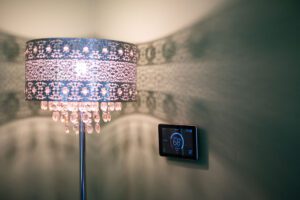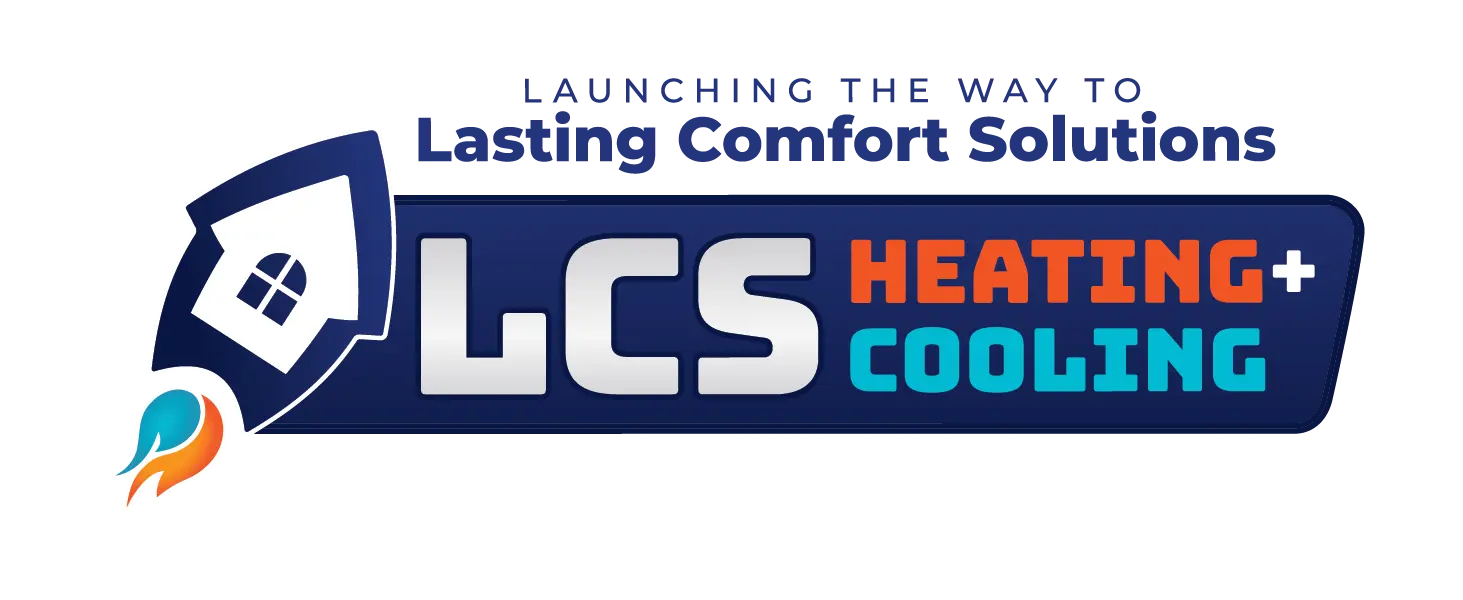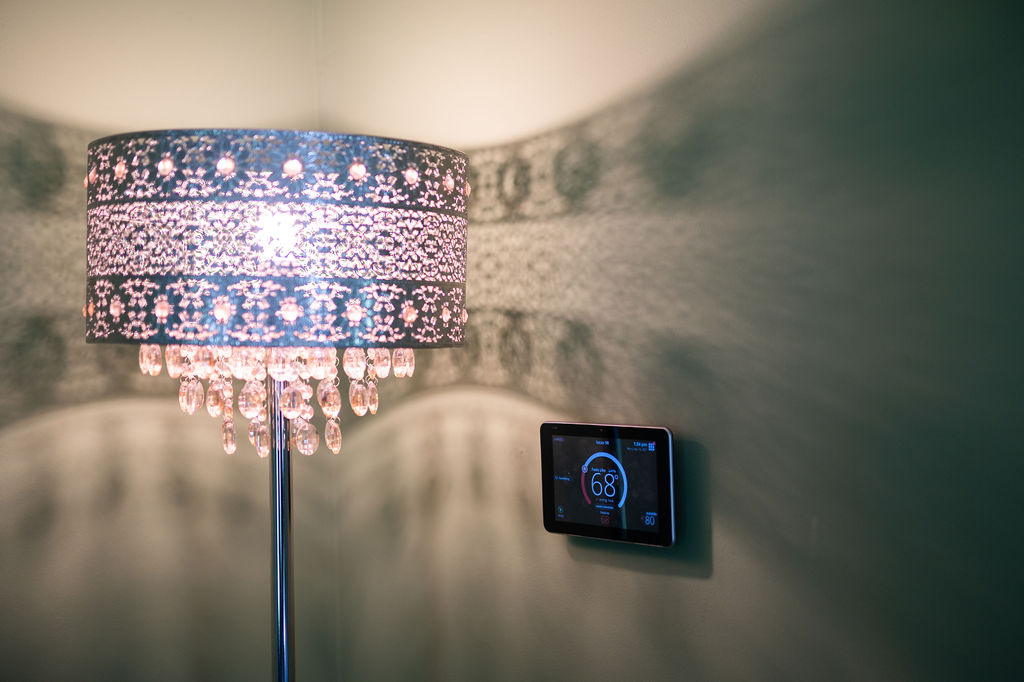Electricity Bill Spike? Heat Pumps and Extreme Weather Could Be to Blame!
Why is my electricity bill so high?
 If you’re an Indiana homeowner, you may have had a not-so-nice post-holiday surprise this year in the form of a high electricity bill! We talked to so many people this year who were shocked by the increase in their electricity bill and were at a loss for the cause. While many of us may experience higher electricity bills around the holidays thanks to light displays and more company, there could have been a less obvious culprit for your high electricity bills this year: bitter temperatures. This is especially true if your house has a heat pump.
If you’re an Indiana homeowner, you may have had a not-so-nice post-holiday surprise this year in the form of a high electricity bill! We talked to so many people this year who were shocked by the increase in their electricity bill and were at a loss for the cause. While many of us may experience higher electricity bills around the holidays thanks to light displays and more company, there could have been a less obvious culprit for your high electricity bills this year: bitter temperatures. This is especially true if your house has a heat pump.
Heat pumps are most efficient until temperatures fall below 30 degrees outside. Once the temps dip below that, heat pumps can’t run as efficiently to keep up with the cold, and backup electricity often kicks on. (Now, before you say, “Wait! I bought a super-efficient heat pump!” We have to break the news that the efficiency rating is based on the air conditioning efficiency, not the heating efficiency. Whomp whomp!)
How do I know if I have a heat pump?
If you’re not sure whether you have a heat pump or not, no judgment from us! Here are some quick ways to tell if your home has a heat pump:
- If you don’t pay a gas or propone bill, it’s likely you have a heat pump.
- If your thermostat has an ‘ER’ or ‘EMERGENCY’ button, it’s likely you have a heat pump.
- If your heat kicks on and your outside unit is operating, it’s likely you have a heat pump.
Can I have a heat pump and a gas furnace?
Yes, you can.
A dual fuel HVAC system, or hybrid split system, allows you to switch between the two heating systems, depending on need or cost.
The heat pump functions as the primary heating unit in this case, but when it fails to maintain the necessary heat level, the gas furnace kicks in and supplements the deficit.
If electricity is cheaper, it makes sense to pause the gas or oil furnace and maximize the heat pump. Likewise, it’s smart to run the gas furnace for longer hours when gas prices drop or when temperatures drop below 30 degrees.
What can I do to keep electricity bills low, even when temperatures fall into the single-digits?
Unfortunately, your only option would be to turn off your backup electricity, but the temperatures will keep dropping in your house and your comfort will drop off with those falling degrees. Yes, the best option is to wait for warmer days to give your system (and bill!) a break.
One thing you can do to decrease the amount of time your system is running is to check your filter! A dirty filter increases the amount of time your system has to run and can increase your utility bills.
Heating in the Indianapolis Area
Fortunately for us, the winter seems to have been fairly mild, all in all. But it’s not over yet. ???? If your system isn't keeping you comfortable in your home, contact us today. LCS Heating and Cooling can help you determine a solution that will offer you lasting comfort in your home!
Energy savings are usually a year-round concern for homeowners. You want to keep costs down, but still maximize your comfort. That’s where efficiency comes into play. Whether your HVAC system is heating or cooling your home, it always helps to keep on top of your maintenance plans. When you run the numbers with a truly efficient system, it’s easy to see how you can keep those energy costs low.
Utility Costs and Efficiency Ratings
In the state of Indiana, our average residential electricity rate is around 10.5 cents/kWh. To keep things simple, let’s just say you pay $100/month to power your home’s HVAC system. You might look at your utility bill and think that it’s an accurate statement for what you spend to heat your home in the winter or cool it down during the summer. But in reality, the equation is a little more complicated. The amount of money you spend isn’t just about the local utility rates. You also have to consider your equipment’s efficiency rating.
For units that are older, you might be looking at 80% efficiency. That means your costs can get pretty high because for every $100 you spend to heat your home, you’d essentially let $20 fly away. A furnace that’s operating at 95%, on the other hand, would only lose $5. The other $95 would go directly into heating your home. That’s why efficiency is key. If you’re living with an older furnace, heat pump, or air conditioner, you’ll have to think about these hidden costs. Your energy bill is likely higher than it should be.
Realistic HVAC Costs: Repair vs Replace
Having a general idea of where your HVAC equipment’s efficiency ratings are can help inform your decision for any repairs later on. Say your air conditioner doesn’t work like it should after the winter season wraps up. Will you need to invest in a completely new system? Hopefully not, but it all depends on the age of your AC unit and the repair costs. Thinking about those two factors will help point you in the right direction for whether to get HVAC repairs or a total replacement.
Here's one example to consider: A $500 repair on a 6-year-old system makes more sense than a $500 repair on a 16-year-old system. While you're spending the same amount of money, the chance of there being more repairs on that older system is pretty high. Sure, the upfront cost of a new system is more than the repair itself, but there's peace of mind with a warranty. Plus, you can look forward to those potential utility cost savings with a higher efficient system.
Ready for an Efficient HVAC System?
You’re probably already aware that changing your HVAC filter goes a long way for improving efficiency. But there are other ways to get energy savings too. Annual cleaning and tune-up services for both your furnace and air conditioner keep your systems running smoothly. Then you can limit your risks of having a bigger problem pop up down the road.
It might help to think of your HVAC annual maintenance like the regular oil changes and tire rotations you get for your car. (Plus, annual maintenance is what keeps your manufacturer and labor warranties in place.) Your equipment will work better when you just do a few simple things. To streamline the process, we offer our customers two different types of annual plans. It’s a low-cost investment for big rewards.
Our LCS Gold Membership includes two services each year: one cooling tune-up for your air conditioner, and the same for your furnace. It also gives you $20 off your regular-hours service calls, waives that service call for repairs over $300, gives you discounts on duct cleaning and indoor air quality products, and more. The membership is just $155 per year, and helps ensure that your equipment is running at its best—so you get the best savings on your energy bills.
Our LCS Platinum Membership includes those same maintenance services, but waives the service call with paid repairs completed during regular business hours. It also gives you discounted rates for after-hours service, a one-year supply of air filters, up to $700 in savings on a full system replacement, and more. To learn more about your HVAC repair options and how to improve your energy efficiency, please visit our webpage for annual maintenance plans. We look forward to serving you!
February 18, 2020


